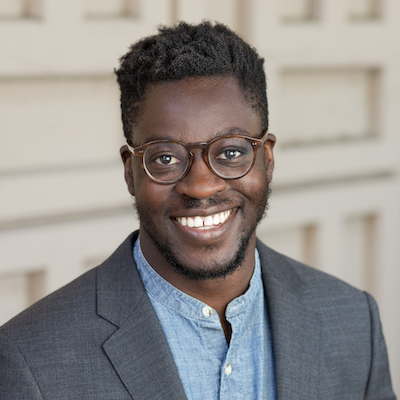Dr. Tertuliano, Ottman A.
Department of Mechanical Engineering and Applied Mechanics
University of Pennsylvania
Seminar Information

Biogenic composite materials such as bone exhibit a combination of properties exceeding that of their constituents, a feat generally credited to their hierarchal structure, down to the nanoscale. Bone is complex tissue with nanoscale mineralized collagen fibrils as mechanical building blocks. Because of the inherent nanometer scale, we have a limited knowledge of time-dependent and small-scale bone response to physiological loading. During cycling loading, injury, and repair, bone tissue is exposed to large strains and dynamic loads representing a drastic departure from the quasi-static and macroscale conditions for which our current knowledge of bone fracture is based. Here, we will employ in situ electron and x-ray nanomechanical experiments to tackle: how does the nanostructure of bone respond to cycling physiological loading? and what mechanisms dictate dynamic fracture?
Ottman earned a B.S. in Mechanical Engineering at Columbia University, and a Ph.D. in Materials Science from Caltech. His graduate work focused on developing experimental techniques small scale, site-specific microstructural characterization, deformation, and fracture behavior of bone. Prior to starting at Penn, Ottman was the inaugural Stephen Timoshenko Distinguished Postdoctoral Fellow in Mechanical Engineering at Stanford University, where he developed techniques for nanoparticle and structure-enabled additive manufacturing of metals. His lab leverages novel nano and micro scale experimental mechanics to develop a fundamental understanding of tissue mechanical response to physiological loads.
